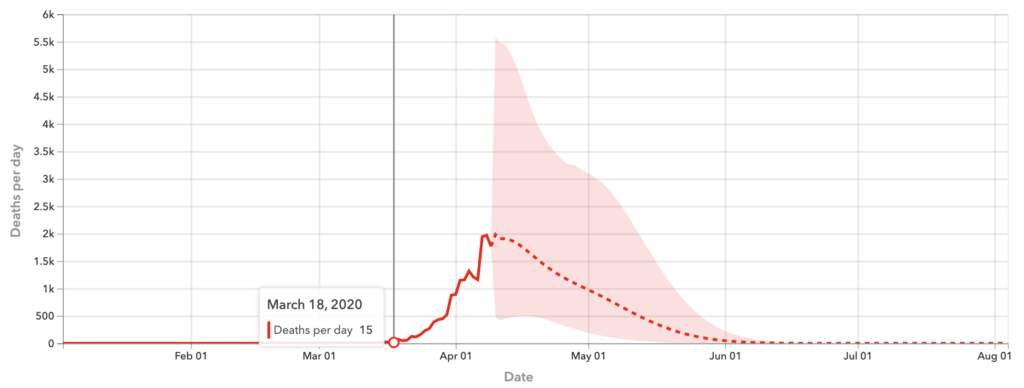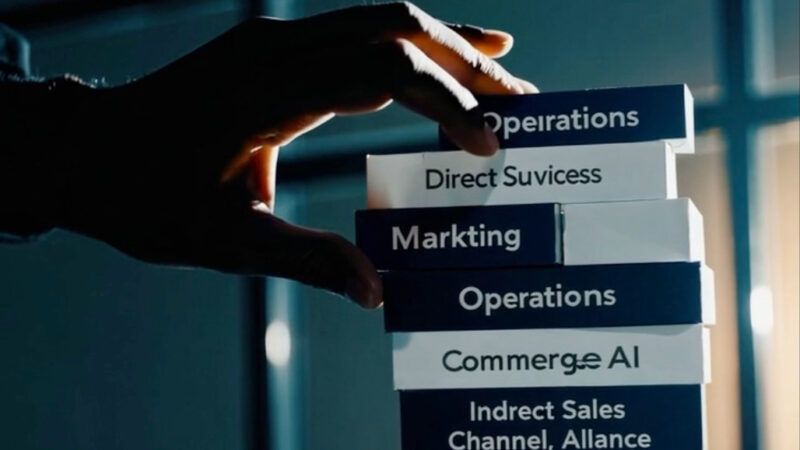Radically accelerating to the future state
I was catching up with one of the companies I advise from time to time yesterday. The CEO and I were talking about my message that I gave him (and all my CEO peers) back on Saturday March 20th. “Radically accelerate to your future state. Now!!” I advised.
Here’s how I viewed the sequence of events leading up to that point in time:
- 31-Dec-19: Chinese Health officials inform WHO about initial Covid19 cases
- 1-Jan-20: Huanan Seafood Wholesale Market Closes
- 11-Jan-20: First Covid19 Death
- 20-Jan-20: First US Covid19 Case
- 9-Feb-20: Covid19 surpasses 2002/3 SARS epidemic
- 29-Feb-20: First US Covid19 Death
- 11-Mar-20: World Health Organization (WHO) has declared the coronavirus (COVID-19) outbreak a global pandemic
- 12-Mar-20: California counties and cities to declare a state of emergency in response to the coronavirus outbreak (shelter in place)
- 17-Mar-20: US Fed estimates Covid19 pandemic will last 18mths+
- 19-Mar-20: Nearly all US states declare a state of emergency
On Wednesday, March 18th, I had sent my entire company an email (“I hope you agree – This is Powerful”) in the anticipation that we were entering a new era for the world, the USA, our company, and for each and every one of us…I wanted to acknowledge what was happening, provide the team some insights on how we were taking action, and also telegraph the fact that we needed to plan for the scenarios yet to come – namely three scenarios:
“we see a quick recovery, a global slowdown, or a pandemic-driven recession.”
Each of these in the order of severity of impact.
I didn’t know which of these three scenarios would hit. How could I? It was literally the beginning of the pandemic (source for the above graphic: Institute for Health Metrics and Evaluation).
After pondering this for 24 hours, the next day, Friday, March 20th, I called my Board together to provide my perspective on what we should do next. I started by repeating what I had told my staff,
“I’ve led companies through 9/11, and the Great Recession of 2008. I realize that Covid-19 is very different, but based on the past, it’s all about planning for the various scenarios.”
I recommended, and my Board agreed, that we needed to plan for the worst case scenario. But it was more than that – I knew that history would predict the future, and that the only advantage we had at this point was our ability to act fast.
I recommended that we accelerate our company strategy to achieve cash flow breakeven and, ultimately, profitability – at any cost.
That meeting was held at 9:00am PST. I then called my executive team together at 12:30pm PST to let my Team 1 know what was going to happen next, and the support I would need to assist me in establishing our strategy and our new plan.
You won’t believe what happened next…literally over the next 72 hours we would not only establish our key pillars for our new “Covid19 2020 Strategy & Plan”, but we created a plan that would carry us through a complete transformation of the company, practically overnight.
I’ll explain the details of this in my next blog post.





